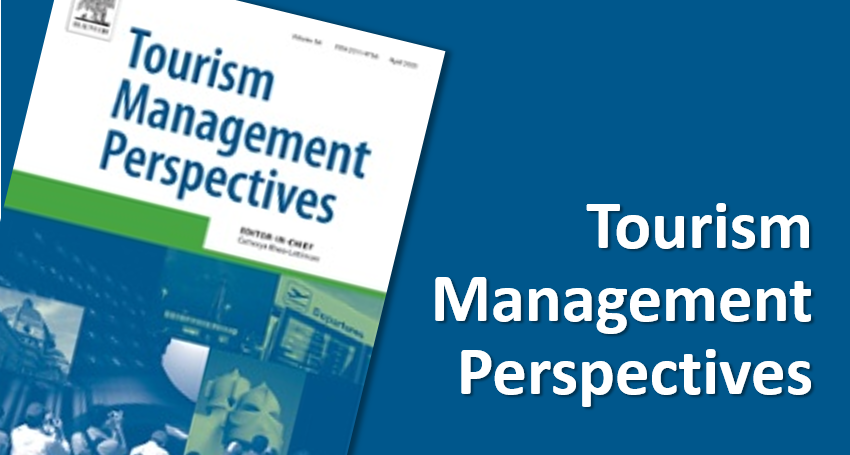
The concept of customer experience has received increasing attention in different disciplines. However, the pathway for handling experience has not been clearly set forth due to divergent conceptualizations and insufficient measures of customer experience. This study critically analyzes empirical and conceptual literature on experience, provides a holistic definition of experience, proposes an experience model with four main components (emotional, cognitive, sensorial, and conative), and suggests using a combination of several measures. Read more
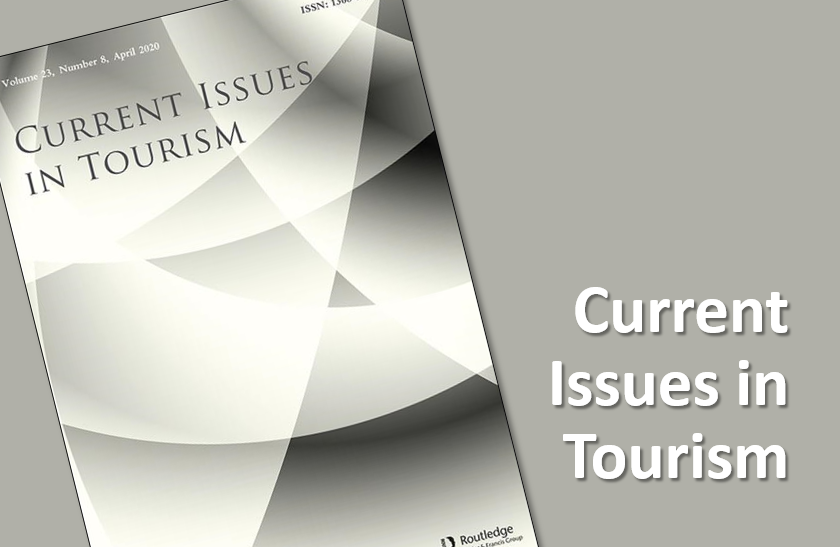
Satisfaction is one of the most studied constructs in many fields, including tourism. As an important marketing metric, satisfaction is typically measured with self-reported retrospective evaluations of travel experience. However, the memory-based approaches have numerous limitations related to social desirability, availability heuristics, previous knowledge, mood at the time of answering questions and do not reflect the moment-by-moment nature of visitor experience. The shortcomings and limitations of self-reported retrospective evaluations could be eliminated by introducing pre-visit, on-site, and post-visit instant components of experienced utility as measures of visitor experience. The experienced utility allows eliminating the majority of self-report biases, capturing the affective components… Read more
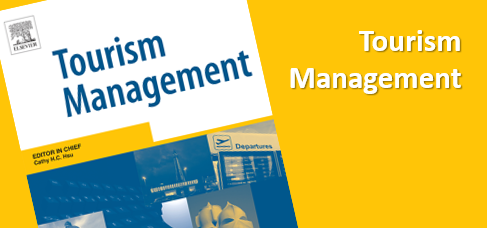
Transformative experience has been the buzzword in recent years. Tourism and hospitality experiences in natural, historical, cultural, and authentic spaces are some of them. However, to this date, specific dimensions of transformation or its process have not been empirically identified. This study reviewed the literature on transformation, used open-ended questions to collect free-elicited responses on the meanings of transformation, collected expert opinion, and developed a 101-item scale reflecting different dimensions and the steps of the transformation process. Read more

https://doi.org/10.4337/9781800377486.brand.awareness
Brand awareness can be defined as the knowledge about the brand, or the descriptive information about the brand stored in consumers’ memories. Brand awareness, in combination with brand identity, brand image, brand association, and brand loyalty are described as important components of consumer brand equity that significantly influence the consumer decision-making process. Brand awareness is important as a basic construct of brand equity that precedes higher-order constructs of brand associations, perceptions, and behavioral intentions. Consumers do not have any perceptions of the brand before they are aware of it. Therefore, brand awareness is considered as one of the main business assets that can add value to the product or service and result in competitive advantages in different fields, including tourism. Read more
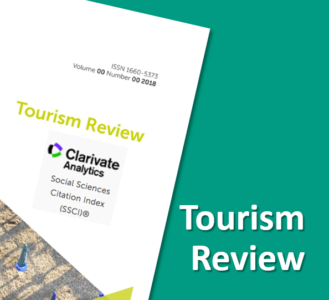
The influence of different factors including emotional states on loyalty has been previously discussed in the literature. However, the influence of post-visit emotions evoked by emotional stimuli on tourist loyalty lacks empirical attention. The purpose of the study is to investigate the effects of post-visit emotional stimuli on destination loyalty. Results show that it is possible to influence visitor loyalty after visitation. Post-visit exposure to positive emotional stimuli generates higher levels of destination loyalty, while negative emotional stimuli generate lower levels of destination loyalty, in comparison with no stimuli scenario. Read more
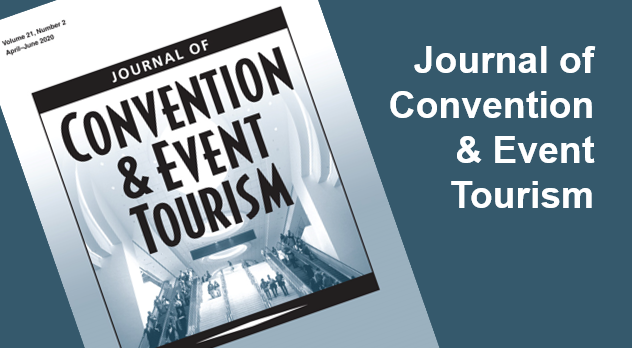
In psychology, the peak-end rule has been used to describe the effects of emotional factors on live experiences. However, it has yet to be examined in the contexts of events and conferences. This study investigated the influence of conference presentation order, excitement following peak experience, previous conference experience, and time since one’s last visit on conference satisfaction and loyalty… Read more
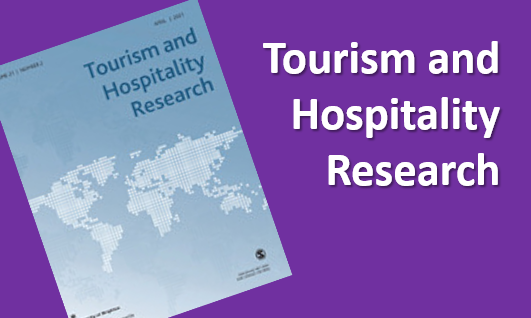
Researchers often tend to use the words emotions, feelings, moods, and affect interchangeably, which creates confusion in both conceptual and methodological domains of tourism and hospitality research. However, the insights from neuroscience and psychology demonstrated that there are fundamental differences between these concepts, including their causes, duration, intensity, and outcomes. This research note aims to discuss conceptual and methodological aspects related to using emotions, moods, feelings, and affect, provide comprehensive definitions, and outline opportunities to capture them comprehensively in tourism and hospitality research. Read more
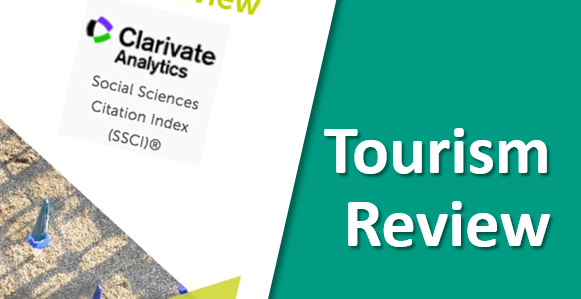
https://doi.org/10.1108/TR-06-2020-0257
The purpose of this paper is to clarify the concept of perceived risks, identify the main antecedents and outcomes of health risk perceptions and propose a conceptual model of health risk perceptions in tourism. Read more

Customer experience in tourism and hospitality
Conceptualization and operationalization of customer experience require a deeper understanding of its components, antecedents, outcomes, and measurement methods. Experience has been previously defined in many different consumption contexts, and numerous components of experience have been provided in the past literature including educational, escapist, esthetic, entertainment (Pine & Gilmore, 1999); emotional, informative, practice, transformation (Aho, 2001); hedonism, refreshment, knowledge, meaningfulness, involvement, and novelty (Kim et al., 2012), among others.
Applying a combination of several techniques (e.g., self-report scales, experience sampling, electrodermal activity, and lab experiments) offers important implications for tourism researchers and practitioners. First, the combination of several techniques allows continuously recording different components of tourist experience, exploring the profiles of customer interaction with the tourist products, including the peak moments as the most important determinants of the total experience. It will also help to reveal the accuracy and limitations of traditionally applied self-report scales of visitor experience. Second, using a combination of such measures would enable detecting affective and sensory components that tourists may not be aware of; these affective and sensory components may, indeed, be the precursors of important outcomes like well-being and transformation. Third, the combination of several measures helps to analyze the effectiveness of destination marketing practices by investigating experience responses during and after different advertisement scenarios. Forth, understanding the temporal profile of tourism experience allows analyzing individual effects of each temporal trip component, including anticipation, onsite experience, and recall, thus helping to design better tourism experiences for superior outcomes.
Reference: Godovykh, M. & Tasci, A. D. A. (2020). Customer experience in tourism: A review of definitions, components, and measurements. Tourism Management Perspectives, 35, 1-10. https://doi.org/10.1016/j.tmp.2020.100694
Measuring customer experience
Self-report sclales
Experience sampling method
Psychophysiology



